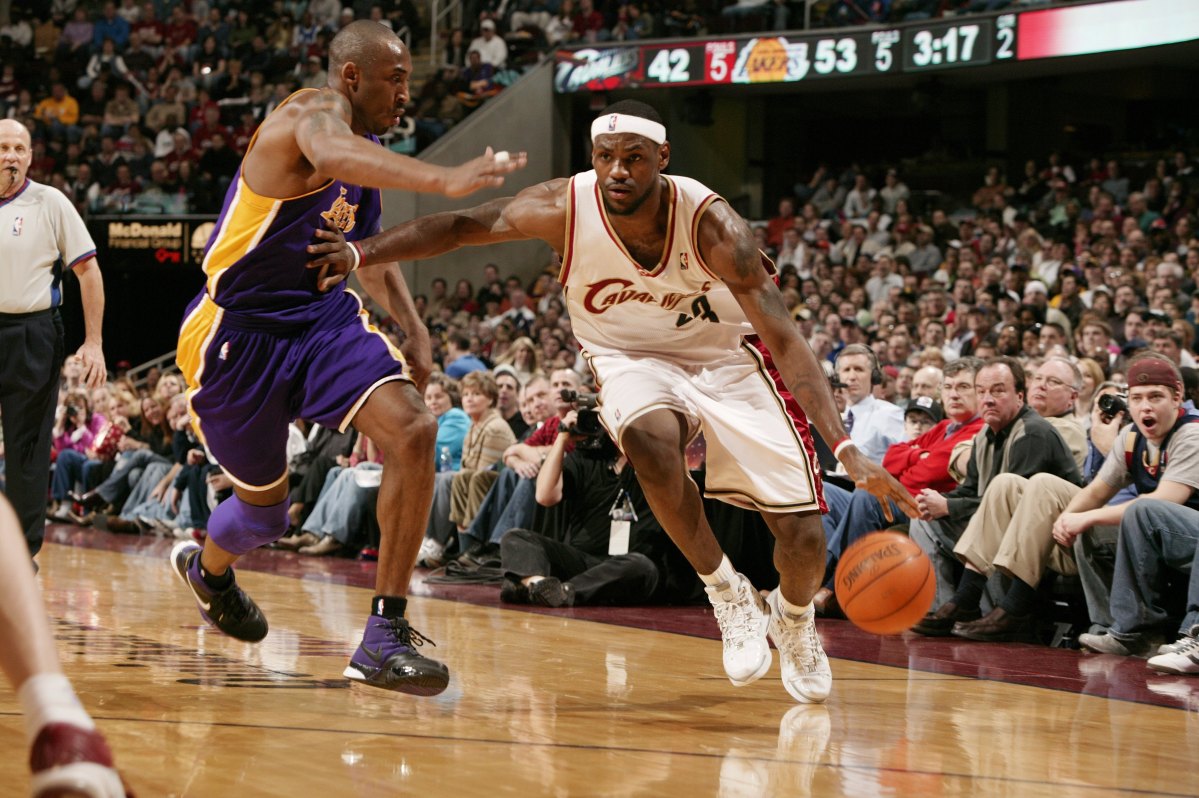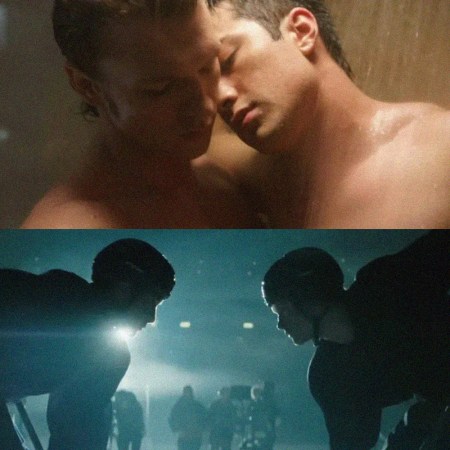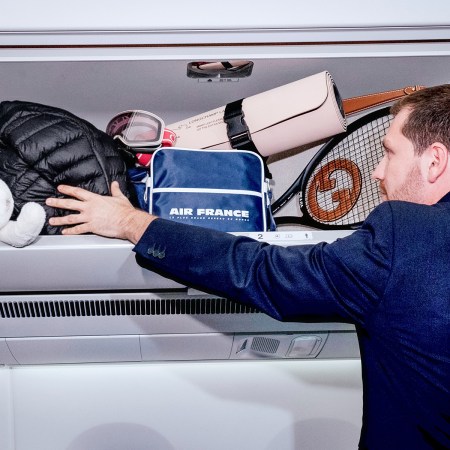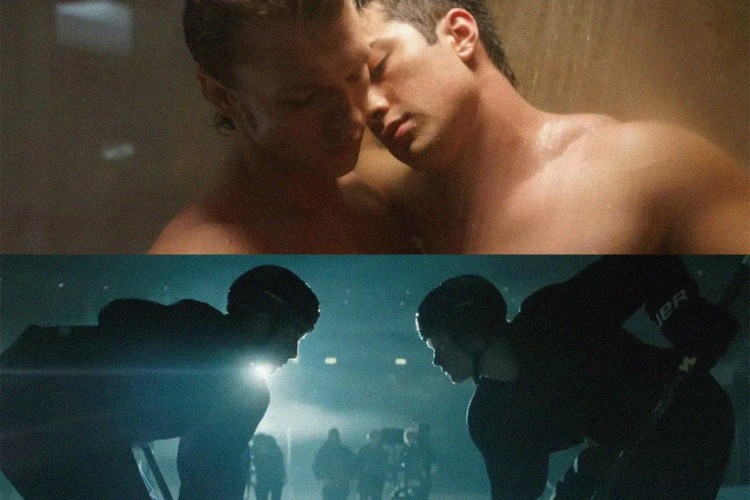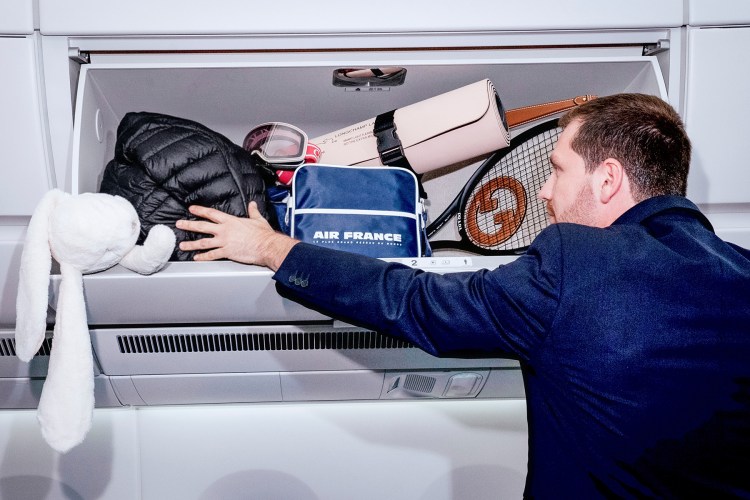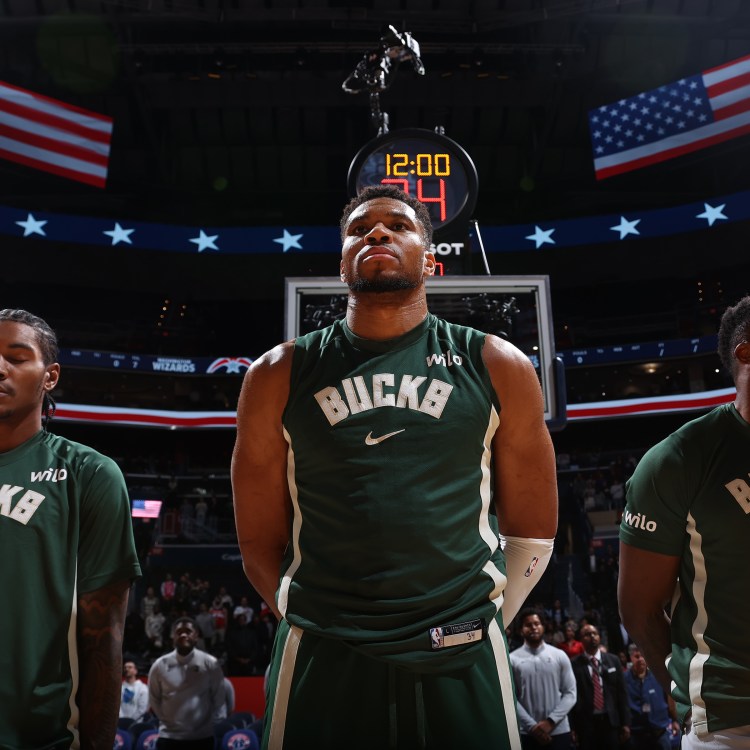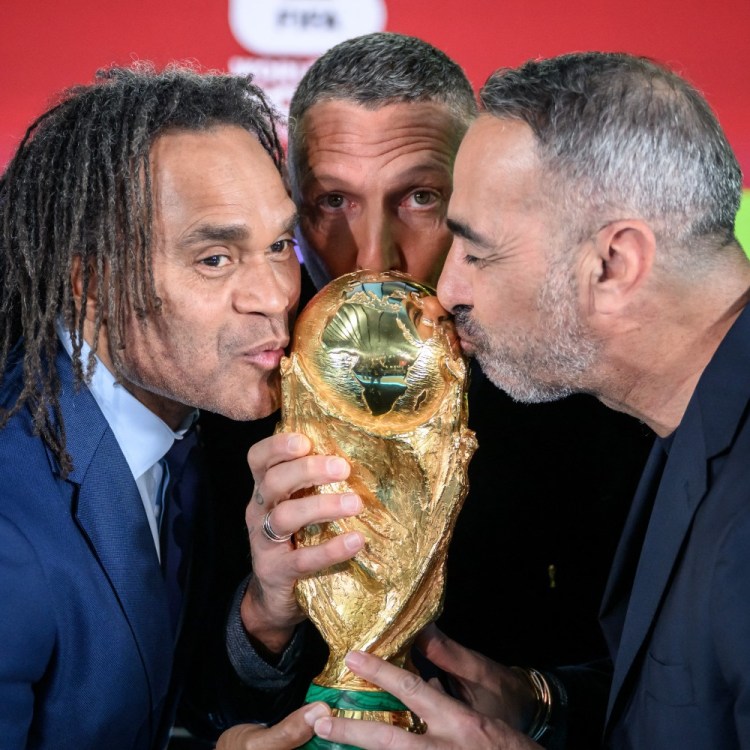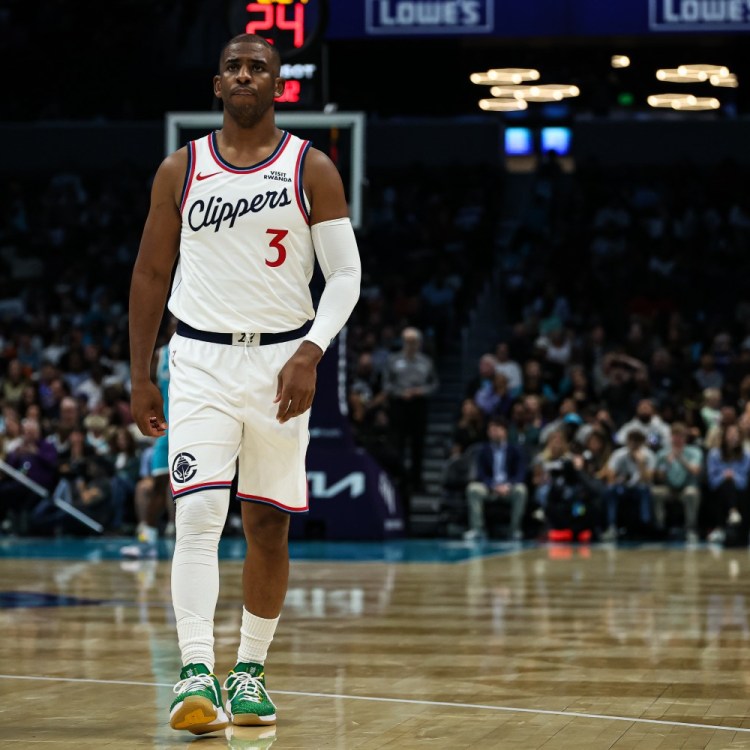What do Babe Ruth, Wayne Gretzky, Diego Maradona and Muhammad Ali have in common?
Here are two things:
They may be the greatest ever at their respective sports. (Ali certainly thought so.)
They didn’t go to college.
This continues to be the case among the elites in baseball, hockey, soccer and boxing (now combat sports in general). Jose Altuve/Bryce Harper, Sidney Crosby/Alexander Ovechkin, Lionel Messi/Cristiano Ronaldo, Gennady Golovkin/Manny Pacquiao and Conor McGregor/Cris Cyborg all embraced—out of choice or necessity—a life far from any campus.
There are exceptions, of course. (The Bambino’s equally legendary teammate Lou Gehrig enrolled at Columbia.) But in general, it’s recognized an athlete has finite time to compete—and, equally important, to earn—so they should devote themselves to their sport as soon as possible.
American football and basketball are different. The NFL states “players must have been out of high school for at least three years and must have used up their college eligibility before the start of the next college football season.” As a result, finding a rookie as young as 20 in the NFL is a rarity. With the size and speed of these athletes, this makes a lot of sense. (The NFL’s dangerous enough for those who are undeniably full-grown.)
The NBA also has a restriction. It denies American basketball players an opportunity equivalent to those open to so many other athletes. (And it is only American players impacted—Dirk Nowitzki and the “Greek Freak” Giannis Antetokounmpo skipped higher education to turn pro as soon as possible.)
It’s also made an absolute mockery of the notion of student-athletes playing big-time college basketball.
This is how it came to be and why it needs to go.
Serve Your Time
The NBA long had a four-year rule, banning players from the league until the college class they belonged to graduated. The standard held even in the face of glaring exceptions like Wilt Chamberlain. He had achieved a healthy amount of celebrity before college.
Indeed, Chamberlain’s high school junior year summer job would eventually be celebrated in the ESPN 30 for 30 film Borscht Belt Bellhop. That’s when he hauled luggage during the day at a Catskills resort while playing basketball at night for the resort’s athletic director, Red Auerbach. (Yes, that Red Auerbach.)
Chamberlain went on to play for the Kansas Jayhawks. He left after his junior year, but still wasn’t NBA eligible so he played for the Harlem Globetrotters in 1959. There was no question Chamberlain had pro strength: one Trotter routine involved Wilt throwing teammate Meadowlark Lemon several feet in the air and catching him. When finally allowed in the NBA, Chamberlain seemed to be up to the task, in the sense he won Rookie of the Year, MVP and All-Star Game MVP his first season while averaging 37.6 points, 27 rebounds and leading the league in minutes played.
The Rule Breaker
Spencer Haywood successfully challenged the entry restriction, winning his case before the Supreme Court in 1971. Moses Malone then took advantage of the opening when he went straight from high school to the pros. Both had Hall of Fame careers. Still, it was generally accepted that high school players didn’t have the size or maturity to handle the pros. Players instead put in at least some time in college, with stars like Isiah Thomas (Detroit Pistons version, not the Laker model) turning pro after two years and Michael Jordan sticking around for three.
Then a wave of high school kids hit the NBA and did just fine.
Open the Floodgates
In 1995, Kevin Garnett declared himself eligible for the NBA Draft and became the fifth overall selection by the Timberwolves. In 1996, Kobe Bryant did the same. As did Tracy McGrady in 1997. And in 2003 along came arguably the greatest of all the high schoolers, King James.
McGrady’s already in the Hall of Fame and the other three will soon join him there.
Granted, some high school players haven’t fully lived up to the expectations placed on them. Take Dwight Howard, the #1 overall pick in 2004. He has played for five teams and never won a title. But it’s hard to argue the Orlando Magic, his original franchise, didn’t get their money’s worth—he made five All-NBA 1st Teams for them and won Defensive Player of the Year three straight times before moving on. (In 2009-10, Howard led the NBA in rebounds per game, blocks per game and field goal percentage.)
It’s even harder to argue Dwight hasn’t gotten his money’s worth in terms of actual money, with nearly $200 million in salary so far.
In general, going from high school straight to the pros has worked out quite well for players. Have their been flops? Absolutely. Take Korleone Young in 1998. He badly overestimated his appeal, missing the first round of the draft entirely and getting picked at #40 by the Pistons. (His NBA career lasted all of three games.)
But college stars flop every bit as hard. LaRue Martin put up big numbers over three seasons playing for the Loyola Ramblers to earn the #1 overall selection in 1972. He lasted only four seasons in the NBA. (Career points per game: 5.3.)
Even high schooler Kwame Brown—whose selection at #1 overall earned front office Michael Jordan no end of mockery—played in the NBA from 2001 all the way to 2013. Washington Wizards fans were heartbroken he never grew into a star. Brown’s own pain was minimized by over $63 million in salary during his career.
If Kwame was a bust, may we all be so busted.
Protecting Teams From Themselves
Projecting future NBA stars is an inexact science. (Adam Morrison and Michael Olowokandi once struck teams as pieces on which you could build a franchise.) Unless they’re already showing LeBron-level talent and poise, picking a high school kid is a leap of faith. In 2001, the Chicago Bulls wound up with two high school lottery picks: Tyson Chandler at #2 and Eddy Curry at #4. Both went on to win an NBA title a decade into their careers.
Unfortunately for Chicago, neither did it with the Bulls. Chandler won a ring with the Dallas Mavericks, where he was a standout on defense. (Still in the NBA today, Chandler has been an All-Star, All-NBA and won Defensive Player of the Year.)
Curry got his with the Miami Heat. During that championship year, he started only one game in the regular season and didn’t play a minute in the playoffs. He ended years ago a career marked by health and personal problems.
Teams have another reason for concern. While high school players go on to Hall of Fame careers surprisingly often, they rarely play at an elite level their rookie year. (Exceptions include Moses Malone, who averaged 18.8 points and 14.6 rebounds, and LeBron James, who averaged 20.9 points and 5.9 assists.)
That’s why the NBA brought back an old restriction, only this time in a far more, well, restricted form. Starting in 2006, the NBA’s collective bargaining agreement stated prospects could enter the NBA Draft only after they are 19 or a full calendar year removed from high school graduation.
Welcome to One-and-Done
The NBA had announced, “We refuse to take 18-year-olds… but 19 is great!” Why this slight shift? “There isn’t a reason I can think of from a medical standpoint,” Dr. David Geier told RCL. (Geier is an orthopedic surgeon and author of That’s Gotta Hurt: The Injuries That Changed Sports Forever.)
If the theory was that players would be so smitten with higher education they’d stick around awhile, that hasn’t happened. When the Cleveland Cavaliers won the title in 2016, their four best players had played a total of three seasons in college. (LeBron skipped it altogether, while Kyrie Irving, Kevin Love and Tristan Thompson each left as freshmen.)
And this hasn’t enabled the NBA to avoid busts either. 2013 #1 overall pick Anthony Bennett was a star during his year at UNLV. He has since managed a neat bit of career symmetry—he has the same number of seasons played, teams played for, total games started in the NBA and career scoring average: 4. (Okay, it’s technically 4.4 points per game.)
Granted, there are players who, despite only spending a year in college, seem to have made a lasting connection. Take Carmelo Anthony. He led Syracuse to their first and only NCAA title during his single season there. Melo went on to make a fortune in the NBA and has shared that with his former school, donating $3 million to the creation of a practice center on campus. (The 54,000-square-foot complex is known today as the Carmelo K. Anthony Center.)
But too often, it’s a waste of time for top players and a mockery of education for actual students.
How Ben Simmons Finished Off the Student-Athlete
John Wooden is the most successful and sainted basketball coach ever. He also ran an almost comically corrupt program, with fixer Sam Glibert loading up players with extra benefits. UCLA’s own legend Bill Walton observed, “If the UCLA teams of the late 1960s and early 1970s were subjected to the kind of scrutiny Jerry Tarkanian and his players have been, UCLA would probably have to forfeit about eight national titles and be on probation for the next 100 years.” The late Hall of Famer and UNLV coach Tarkanian mocked the NCAA’s habit of ignoring misbehavior by major programs and instead crushing those that generated less cash flow: “The NCAA was so mad at Kentucky they gave Cleveland State two more years of probation.”
Yet in the past, schools at least had to go through the motions of pretending student-athletes were also students.
At least, they did until Ben Simmons came to LSU. A star out of Australia, Simmons only played a single year (as expected). Less than a year, in fact. His college career ended when LSU missed the NCAA tournament and they turned down a chance to play in the NIT.
His academic career had ended well before that. Recently someone on Twitter mocked Simmons for having a GPA under 2.0 during his time in college. To which Simmons tweeted the reply: “that’s usually what happens when you don’t go to any class buddy.”
Simmons was drafted by the 76ers as the #1 overall pick in 2016. He wound up sitting out the entire season because of injuries.
This feels like a cautionary tale: cocky kid doesn’t want to study or even play ball, discovers he has health problems, learns a harsh lesson about the value of education.
Except that Simmons finally got on the court and guess what? He’s awesome. Already in the top 10 in assists and steals, if he learns how to shoot be very scared, everyone. (Seriously, see for yourself.)
Simmons’ father had played pro basketball in Australia. When it became clear his 6’10” child was an extraordinary talent, the entire Simmons clan agreed that the boy would one day play in the NBA and focused on that. (Today he lives with his brother and his parents live a block away.)
Thus Ben knew that he would only spend a year in college. Beyond this, he knew that players who are academically eligible at the end of the first semester are allowed to compete in the second. (Which meant bye-bye, classes.)
Since leaving college, Simmons has looked back on his LSU days and mused, ”I think I would have learned a lot more being around professional athletes.” (If nothing else, he would have earned a lot more—he now collects roughly $6 million from his team and at least another $4 million each year from Nike.)
Why We Should Be Done With the One
Currently NCAA basketball is being ravaged by the FBI’s revelation that major programs had star players who were—brace yourself—getting paid. Perhaps the most damning discovery is that a wiretap caught Arizona head coach Sean Miller discussing a $100,000 payment to ensure Deandre Ayton became a Wildcat.
Ayton is indeed a freshman playing for Arizona. Whatever happens the rest of this season, next year he will be gone. Many draft projections suggest the 7’1” player has an excellent shot at being picked #1. Meaning even if that hundred grand did reach him, he is still being massively underpaid for this season. (Incidentally, don’t worry too much about Coach Miller—even if fired for this incident, due to a strangely drafted contract he stands to collect up to $10.3 million.)
The option of jumping straight from high school to the NBA always will be available only to a limited number of elites. Far more players are like Draymond Green. The two-time NBA champ and noted groin menace needed to play all four years at Michigan State to get the NBA’s attention. Even then, the Warriors didn’t take a chance on him until the second round.
Far too often now, we have a system where stars pretend to learn while their programs pretend not to pay them. Ben Simmons provides a final dose of reality: “Don’t say I’m an amateur and make me take pictures and sign stuff and go make hundreds of thousands of millions of dollars off one person.”
Suggesting Ben learned a few things during his time at LSU, after all.
The Charge will help you move better, think clearer and stay in the game longer. Subscribe to our wellness newsletter today.
